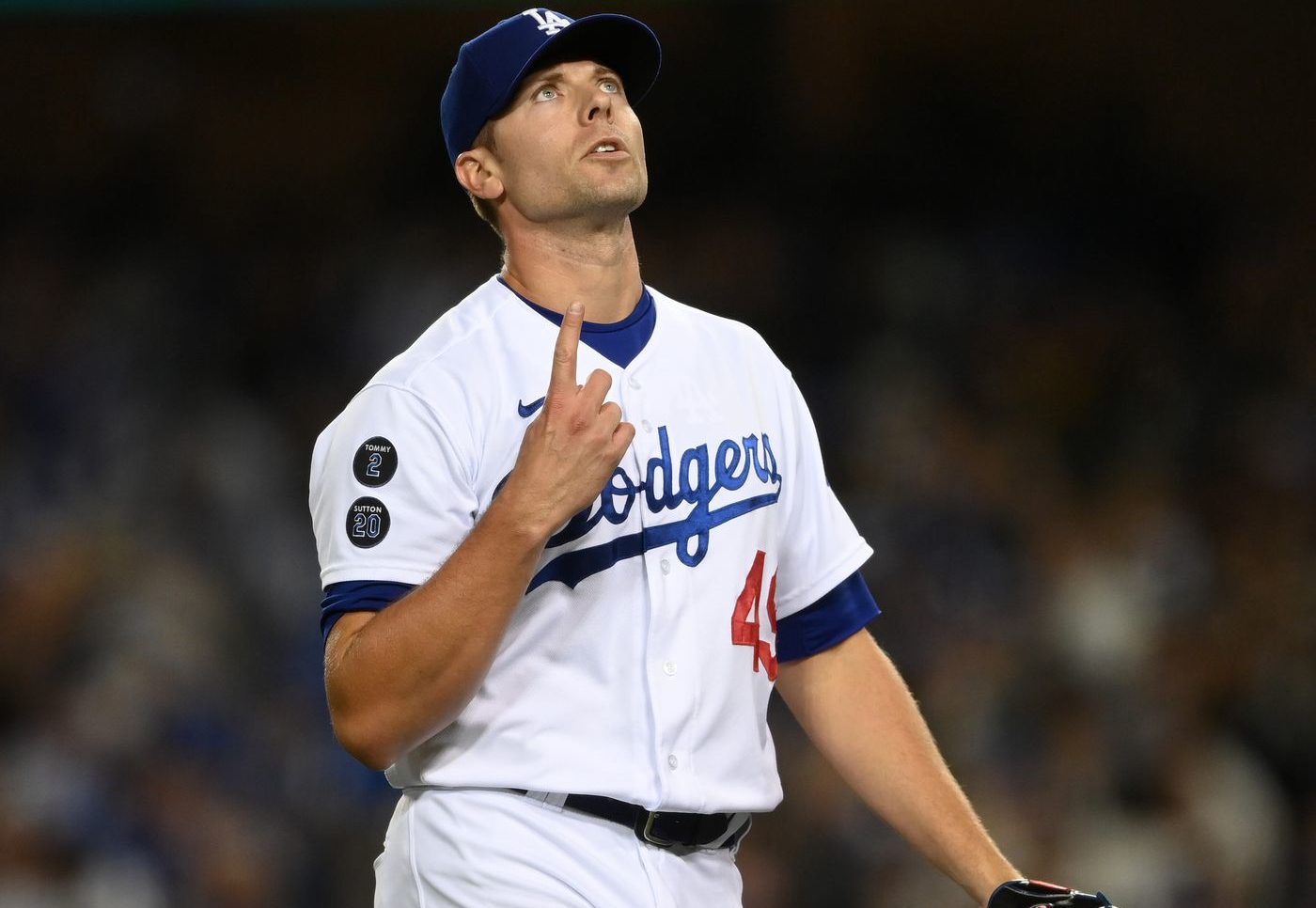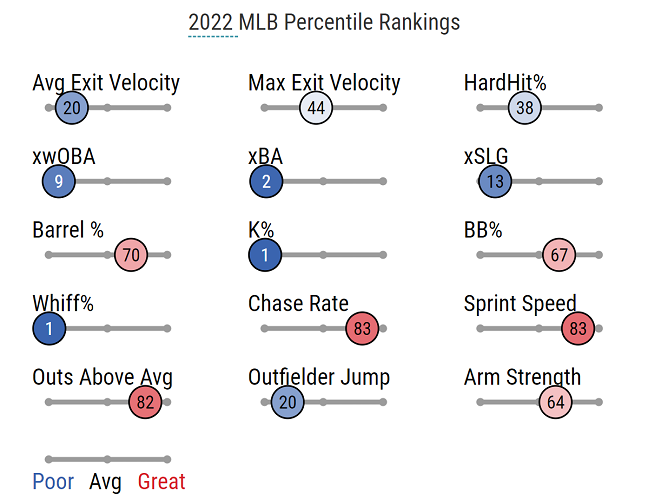The Dodgers have had a frugal offseason, by their standards. They’ve re-signed Clayton Kershaw and signed J.D. Martinez, Shelby Miller and Noah Syndergaard to 1-year deals. They also have roughly $22.5 million of dead weight on the books. Aside from some real interest in Justin Verlander, they’ve been mostly on the outside looking in on the free agents this winter.
That has, in part, led some to believe they might be targeting a luxury tax reset. As it stands right now, True Blue LA has the Dodgers estimated payroll at $231 million, which includes salary arbitration projections. Those could change, but the Dodgers are up against it. They’re so much up against it, in fact, that it’s going to be almost impossible to stay under the $233 million threshold. They still could use a shortstop, a center fielder and a starting pitcher — none of whom will come at a discount rate of less than $2 million. So, the Dodgers might as well resign themselves to breaching that threshold for the third straight year.
The rules for the going over the competitive balance tax are complicated. As a third-year offender, the Dodgers would have to pay a 50% tax on anything over $233 million. So, if they swooped in and signed Carlos Correa to a 1-year, $45 million deal, their CBT number would be $276 million. For fun, let’s assume payroll would be $280 million at year end. That would put the Dodgers in the $40-60 million over range, meaning an additional 45% surcharge, on top of the $23.5 million for just being over the $233 million threshold. That’s a lot of money to us, but it’s a drop in the bucket to the Dodgers. Still, rich/wealthy people don’t stay rich/wealthy by giving their money away, so Guggenheim probably isn’t keen on giving away nearly $35 million, despite it being a luxury to be able to do so.
There are ways to try to stay under the threshold while also adding talent, but the options aren’t great.
——
Normally, teams would try to trade players with significant salary by attaching prospects so the acquiring team is more willing to take on more of the financial responsibility. The Dodgers have used this to their advantage in the past — most notably when they acquired Homer Bailey, Jeter Downs and Josiah Gray for Kyle Farmer, Matt Kemp, Yasiel Puig and Alex Wood. While they traded MLB talent and money, they also got two premium prospects because they were willing to shoulder the financial burden of the deal. As we saw for the Reds, that didn’t exactly work in their favor. And in 2023, the Dodgers shouldn’t be engaging in such endeavors, but if they want to have any roster flexibility with regards to payroll, then this might be a reality.
However, the Dodgers don’t have a ton of guys whose contracts they could attach to prospects to save money while not hurting the MLB club. There are really four players who fit the bill:
I only include Buehler and his projected $8 million salary here since he’s out for 2023 and will be going into his final arbitration year in 2024 before becoming a free agent. There could be some kind of extension worked out that could reduce his number for the next two years, but the odds the Dodgers trade Buehler and attach any prospect to him is highly unlikely. The other three make much more sense, from a numbers perspective. But all three have their own negatives when it comes to trading them.
Muncy is coming off a down year by his standards. He had a 106 wRC+ and 2.4 WAR, but that also came with a sub-.200 batting average and the lowest on-base percentage (.329) since he became a Dodger. He was recovering from the elbow injury he sustained on the final day of the 2021 season, so maybe he wasn’t healthy all season. And if that’s the case, the Dodgers could use his bat much more in the lineup than saving his $13.5 million (less whatever comes back in a possible deal). He does have a very affordable $10 million option for 2024, so that overall package might make him attractive to other teams. But they might also be a little gun shy because of his struggles in two of the last three years. He’s also owed a $1 million assignment bonus is he’s traded, which further complicates things. He seems like the most viable trade option, considering the Dodgers have Miguel Vargas ready to step in and take full-time at-bats. Then again, it’d be really hard to see the Dodgers giving up Muncy to avoid going over the luxury tax.
Taylor just signed a 4-year, $60 million deal last offseason, which looked really good at the time. He also had an offseason injury from which he had to recover, so his health for 2022 may not have been 100%. His numbers back that up: .221/.304/.373, 93 wRC+, .152 ISO. The most alarming stat: Taylor struck out in 35.2% of his plate appearances — worst in MLB (minimum 450 plate appearances). His .336 BABIP was just slightly below his career-average, so he wasn’t really getting unlucky. But his Statcast numbers were ugly in 2022.
This is a good reason for the Dodgers to want to trade CT3. At the same time, it’s a good reason for teams to stay away. If the Dodgers wanted to move his salary, they’d have to attach a significant prospect or two to get teams to take on his $15 million average annual salary. At the same time, Taylor has been a valuable player during this run because of what he does at the plate, but also what he does in the field. He’s one of the most versatile players in baseball and, with uncertainty at a couple positions Taylor has played in the past, the Dodgers might be hesitant to move him.
Thus, Treinen might be the one who makes the most sense. He’s going to miss most, if not all, of the 2023 season after undergoing surgery to repair his labrum and rotator cuff — about the worst injury for a pitcher. He’s owed $8 million this season with a conditional 2024 option (details not known). He was limited to five innings in the 2022 regular season and one inning in the playoffs. The penny pinchers in the front office would feel a lot better with $8 million or so of breathing room against the threshold, so an acquiring team would be looking to snag a prospect or two in exchange for taking on the salary.
——
Unless the Dodgers are going to throw their plan out the window, then moving someone — while attaching prospects — would make the most sense. Treinen seems to fit the criteria best, but I absolutely hate the idea of the team that banks $320 million a year from Time Warner crying poor and acting very Oakland Athletics-ish. Unfortunately, this is the reality.
 Dodgers Digest Los Angeles Dodgers Baseball Blog
Dodgers Digest Los Angeles Dodgers Baseball Blog

